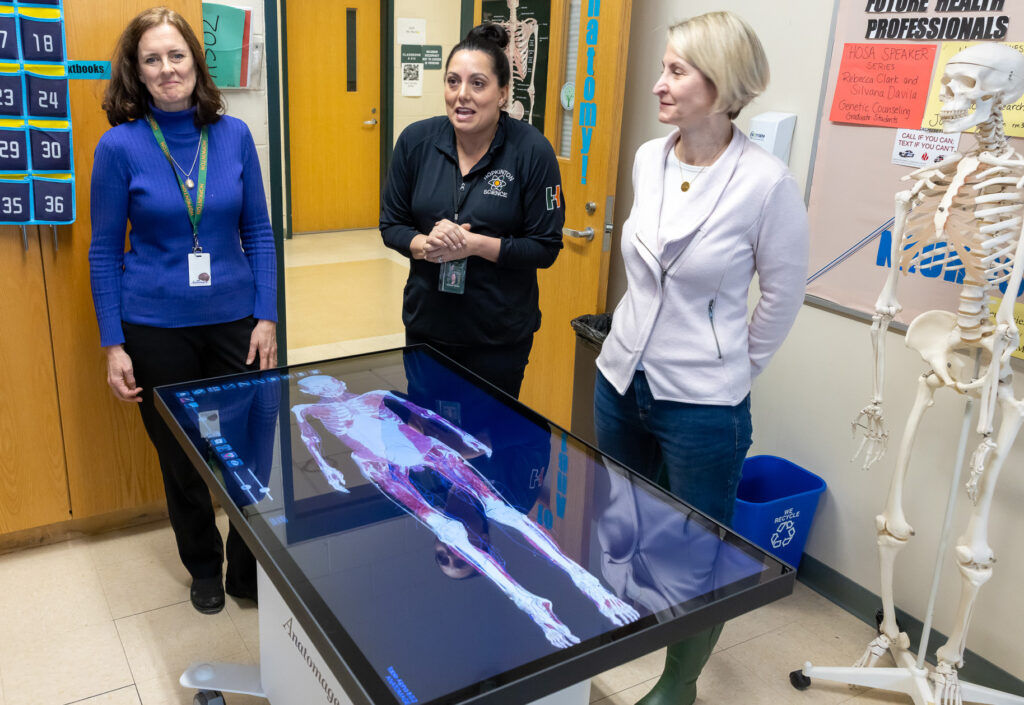
Hopkinton High School science teachers (from left) Marjorie Billeter and Beth Spinks show off the school’s new Anatomage table along with Chris Fredericks from the Hopkinton Education Foundation, which funded the purchase. The table contains thousands of high-resolution 3D images of real cadavers. PHOTO/JOHN CARDILLO
Students at Hopkinton High School now can learn anatomy and physiology using authentic and interactive 3D images of the human body thanks to a $50,000 grant from the Hopkinton Education Foundation. The grant funded an Anatomage table, a learning tool mainly used in medical schools and clinical settings.
HHS science teacher Beth Spinks submitted the grant proposal last spring, and the Anatomage table, which contains thousands of high resolution 3D images of two real cadavers, was delivered in October.
“Both students and staff have been blown away by the table’s capabilities,” Spinks said. “I’m in shock we’re able to have such an amazing tool. We still have a lot to learn.”
The Anatomage table is an alternative to methods like diagrams in a book, dissections, 2D paper models or 3D models made of wood or plastic showing big pieces of anatomy, according to Marjorie Billeter, who teaches anatomy and physiology at HHS.
Billeter uses the technology as part of her daily lessons and estimated about 122 kids in her classes have worked with the interactive tool. As the students learn about the human body, she can move parts around, highlight bones and other areas, cut and flip items and zero in using the imagery of one male and one female cadaver.
Any squeamishness students may have initially felt was quickly put to one side, Billeter said. “It’s a huge privilege and great that we have this. … The students are just interested in learning from it.”
Junior Camille Perlov is one of those students. She describes herself as “a visual learner,” and thinks being able to see all the dimensions first hand has increased her understanding and made learning easier. “It takes learning to the next level,” she said. “It’s a great resource to have.”
Junior Prisha Shrivastava feels the Anatomage table has added “a completely new dimension,” to anatomy and physiology class. “It allows us to see a pretty real-looking version of concepts we would otherwise learn from a paper drawing or from looking at a tiny sample through a microscope,” Shrivastava explained.
Junior Srilakshmi Venkatesan first began using the Anatomage table after interacting with it at the international Health Occupations Students of America (HOSA) conference. “It struck me with awe when we first were allowed to use it,” Venkatesan said, adding the tool helps students discover how the various systems in the body work together to perform specific functions.
“Often, we learn about different systems and anatomical features of the body separately, which often result in a confusion for how they work together,” Venkatesan said. “The Anatomage table has allowed us to overcome that [confusion] with all of its interesting features.”
Senior Ishi Khurana agreed, noting that when you can see an actual cadaver, cells and tissues as well as pathologies are viewed “in perspective.”
While Billeter has incorporated the technology into her daily lessons, she also believes it is an “inspirational tool” for students who would like to join the medical/health care field in the future.
Venkatesan said students were able to “perform surgery” on the human cadaver to find its appendix. She also used the tool to help prepare for a skeletal system test to properly identify the different bones within the skull.
“By exposing us to medical careers at an early age, the Anatomage table provides us insight on what potential medical careers could consist of and what the preparation might look like,” Venkatesan said. “It has made our anatomy class and HOSA and Neuroscience Club so much fun!”
Even students who are not inclined to pursue medical careers can find the Anatomage table useful. “The games and flashcard features help us memorize the terminology and motivate us to learn,” Shrivastava pointed out.
According to Spinks, the table also contains hundreds of animal images and can be a great resource for students interested in the veterinary field.
Both educators hope to see the table’s use expanded into biology, forensics, psychology and wellness classes in the future.
Added Venkatesan, “I feel so lucky to be able to have an Anatomage table at our own school.”


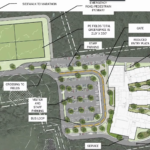
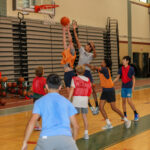

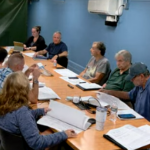












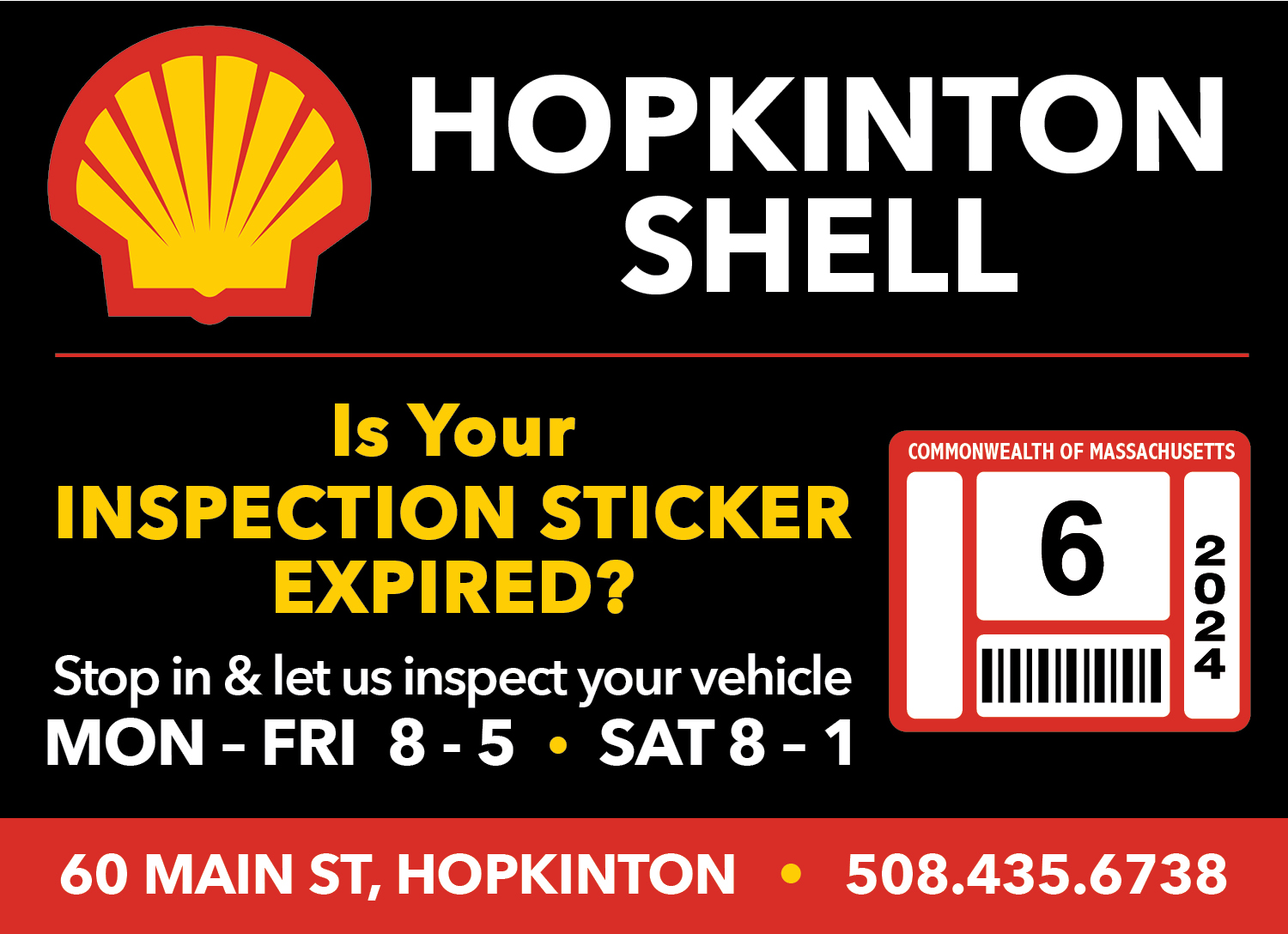



0 Comments